There are many types of tents used for many different reasons. Will the tent be used overnight in the warm climate of Florida, or a week-long trip to the high country of Colorado? How difficult or easy will the tent be to transport? Is it water-resistant? How easy or difficult is it to set-up and take down? Is the tent made of fire-retardant material?
Lets look at some items that will help you make the correct decision when choosing your tent.
Some tent styles are free-standing while others are attached to the ground using guy ropes attached to pegs. The poles provide support for the tent and can be rigid, semi-rigid, or inflatable. The pole supported tent is stabilized by the use of guy ropes secured with pegs driven into the ground. The free-standing tent, of course, does not use poles or guy ropes. So, the question is which style is best for you?
Camping tents range in size from those only large enough to hold one person to those large enough for about 10 people. Some tents are light enough to be carried long distances as a "backpack" type tent. Most tent manufacturers classify their tents based on capacity. They use phrases such as "4 berth" or "2 person". These designations do not allow for personal possessions such as sleeping bags or food supplies, so consider this when making your decision. Also, you may be more comfortable if you allow for 1 or 2 less persons than what the manufacturer recommends.
As stated above, a tent for Florida is not suitable for the mountains of Colorado. Manufacturers label tents as one-season, two/three-season, three/four-season, four-season, etc. A one-season tent is mostly for summer use only, capable to withstand light rain. A three-season is for spring/summer/autumn and should be capable of withstanding fairly heavy rain, or light snow. A four-season tent should be suitable for winter camping in all but the most extreme conditions. The expedition tent is for mountain conditions and should provide protection from heavy snow, strong winds, and heavy rain.
If you are camping in the deserts of the Southwest, you are probably not concerned about the tent being waterproof, however, camping in the Pacific Northwest is another matter. Check the manufacturers description to see if the tent has been treated with a silicone impregnation or polyurethane coating. You can treat the tent yourself in need be.
Modern tents are usually made of fire-retardant material, but your safety can be enhanced if you do not smoke in your tent, have open-flame lights or heaters in the tent, or have your camp fire too close to the tent.
I hope this information will be useful in your search for the tent you need. Happy camping.
A large selection of tents can be seen at http://www.theoutdoorsportsshop.com
Keith Grable is a sports enthusiast , outdoorsman and the owner of an outdoor sports and recreation website.
Sunday, April 6, 2008
Subscribe to:
Post Comments (Atom)


Not Camping Just Fun!
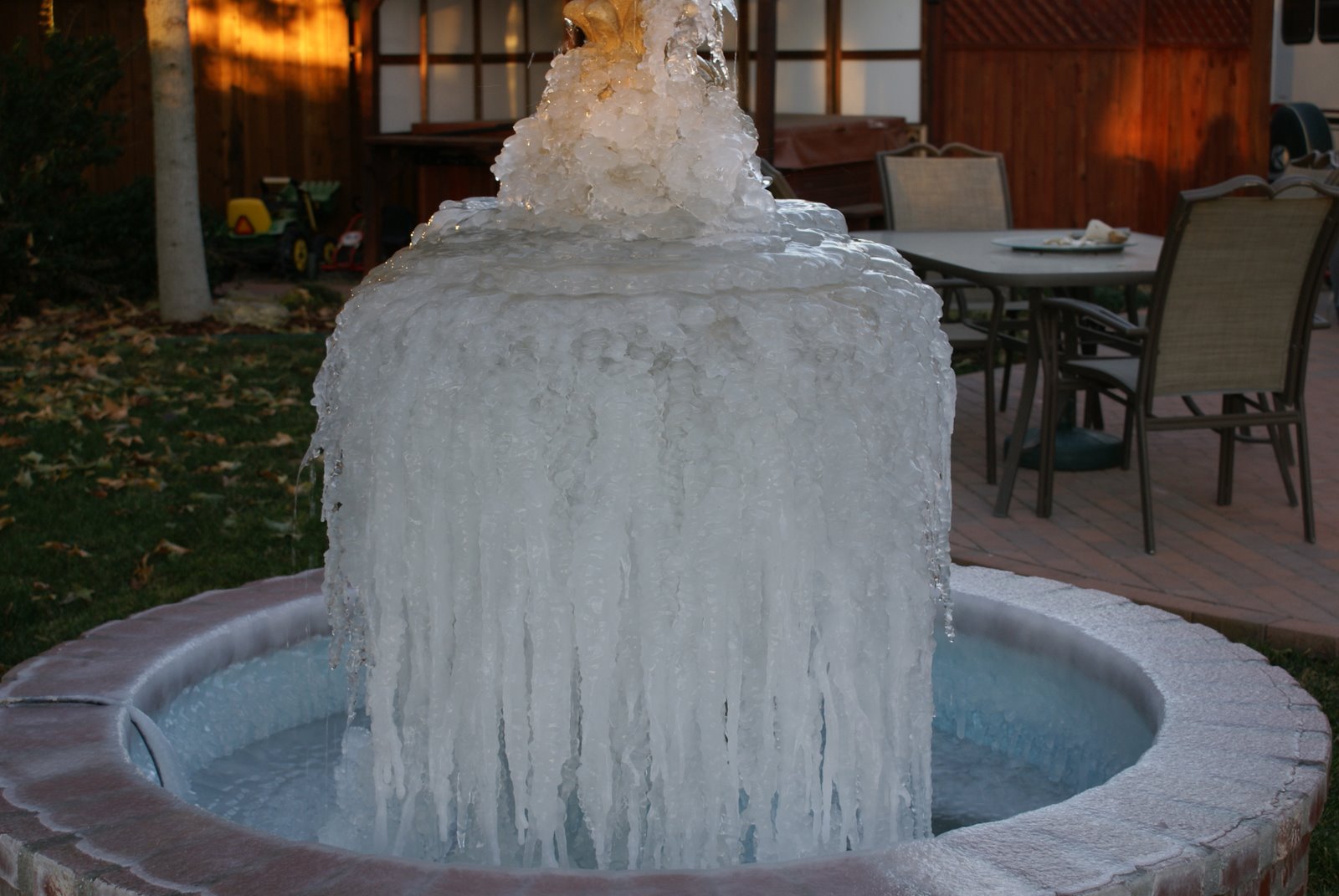
Frozen Fountain in our old backyard!
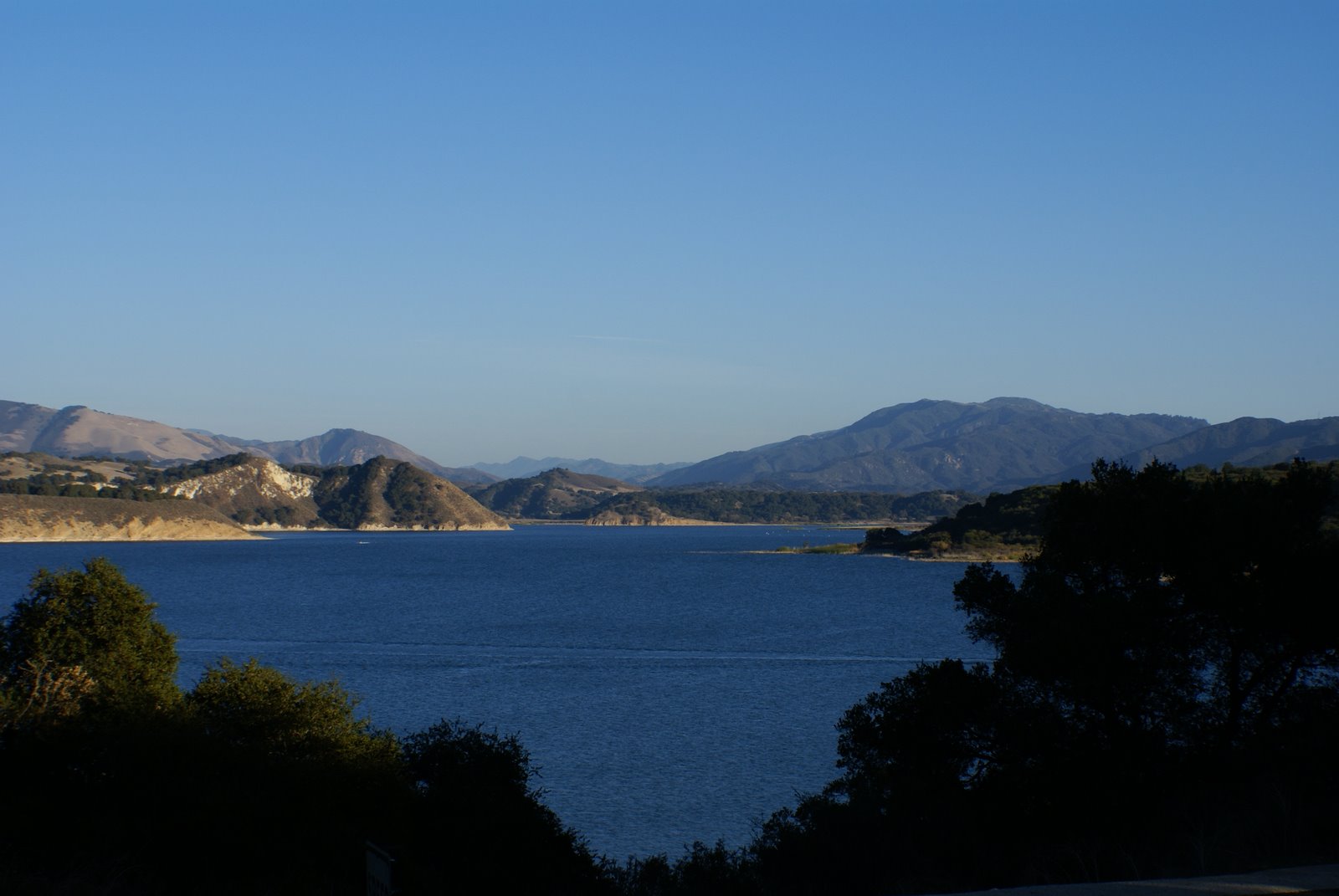
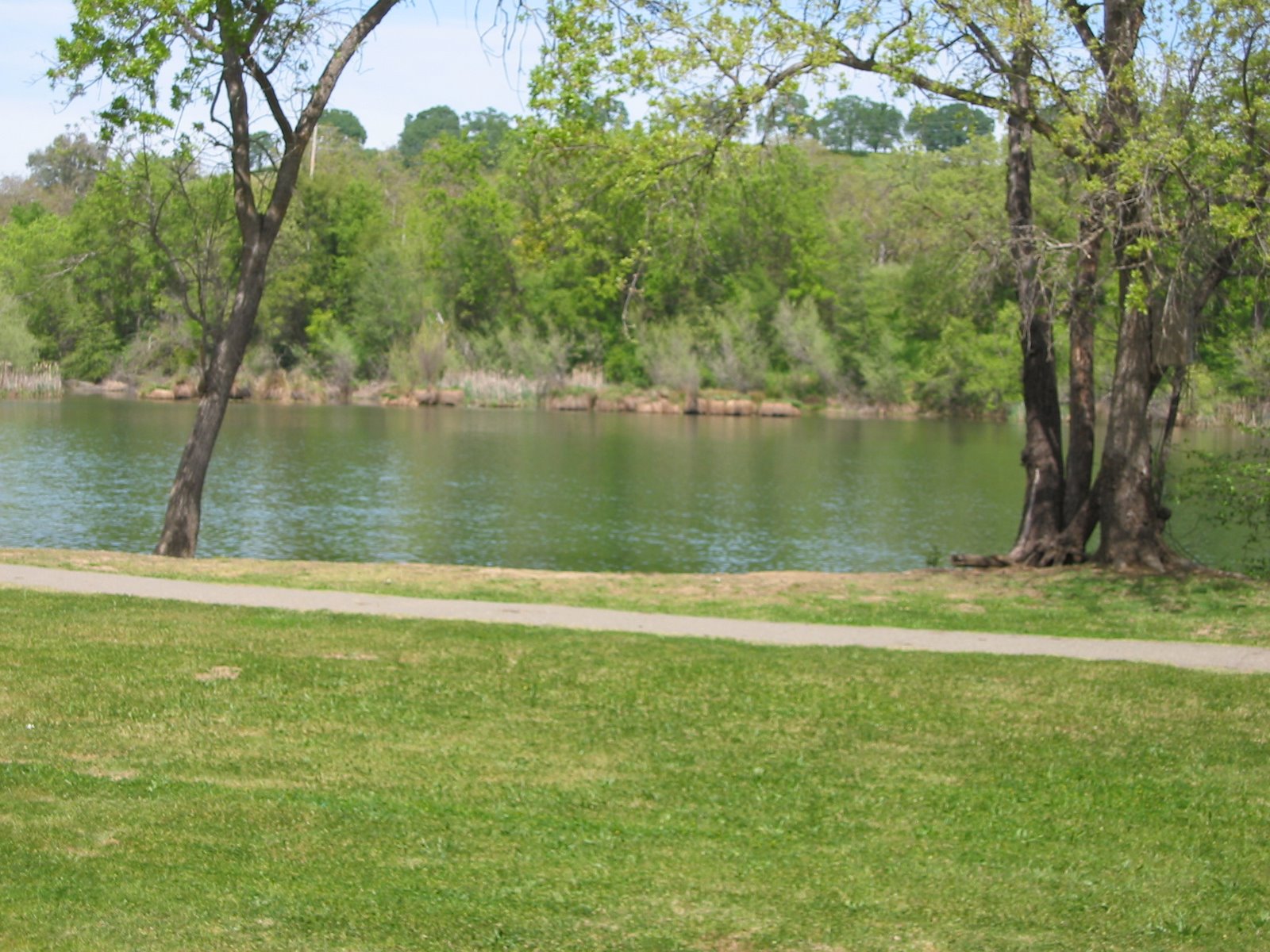




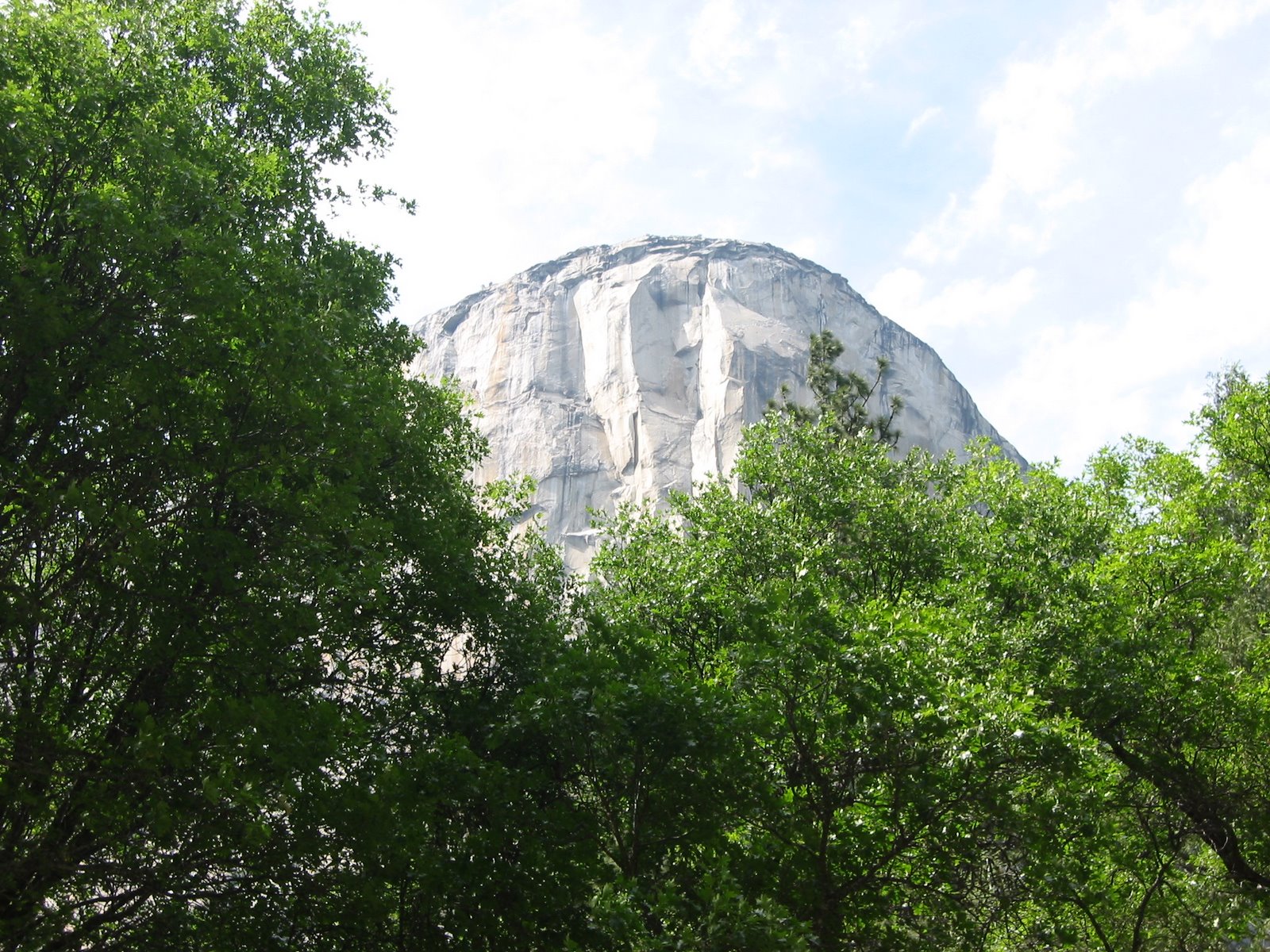

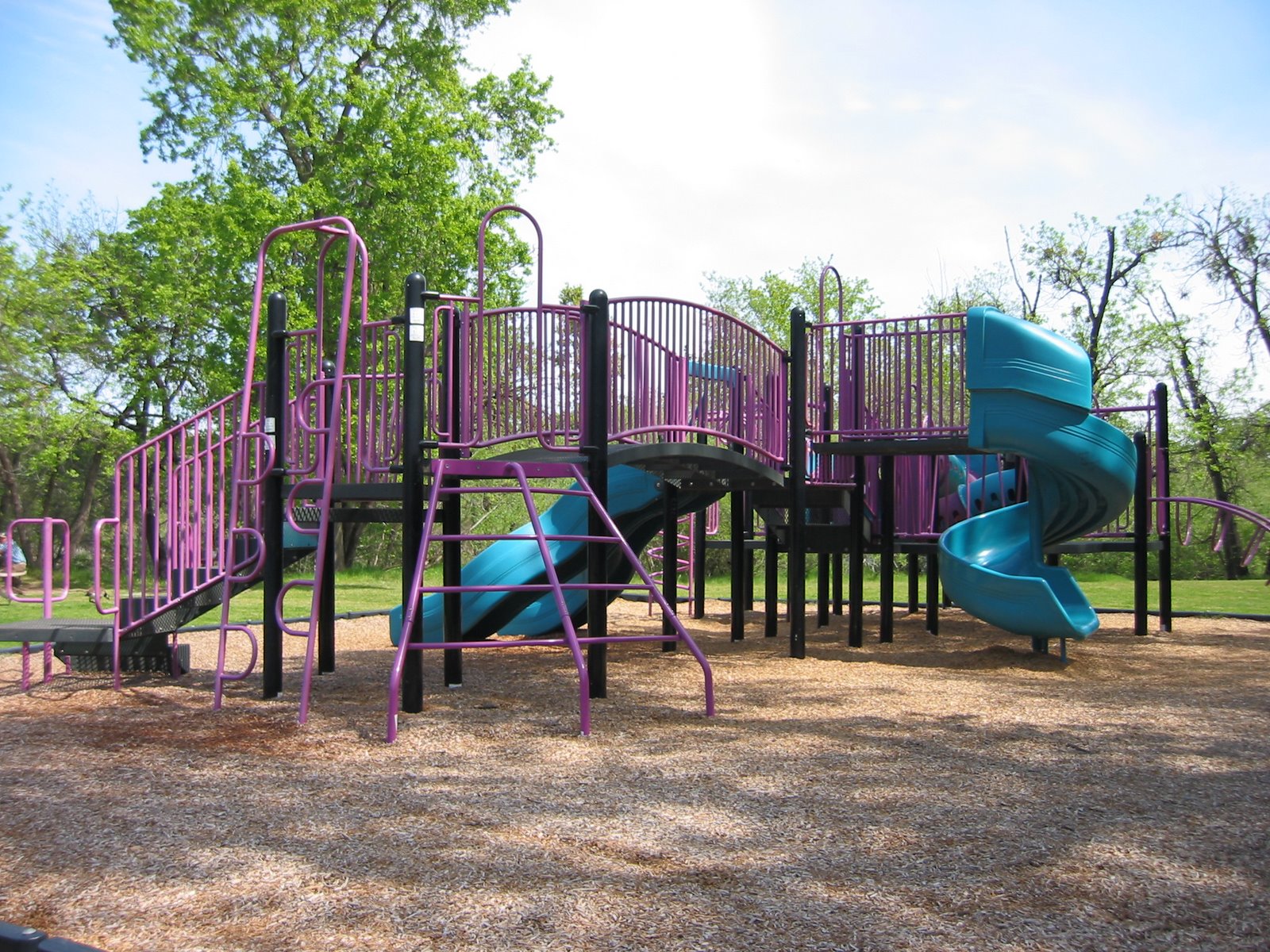
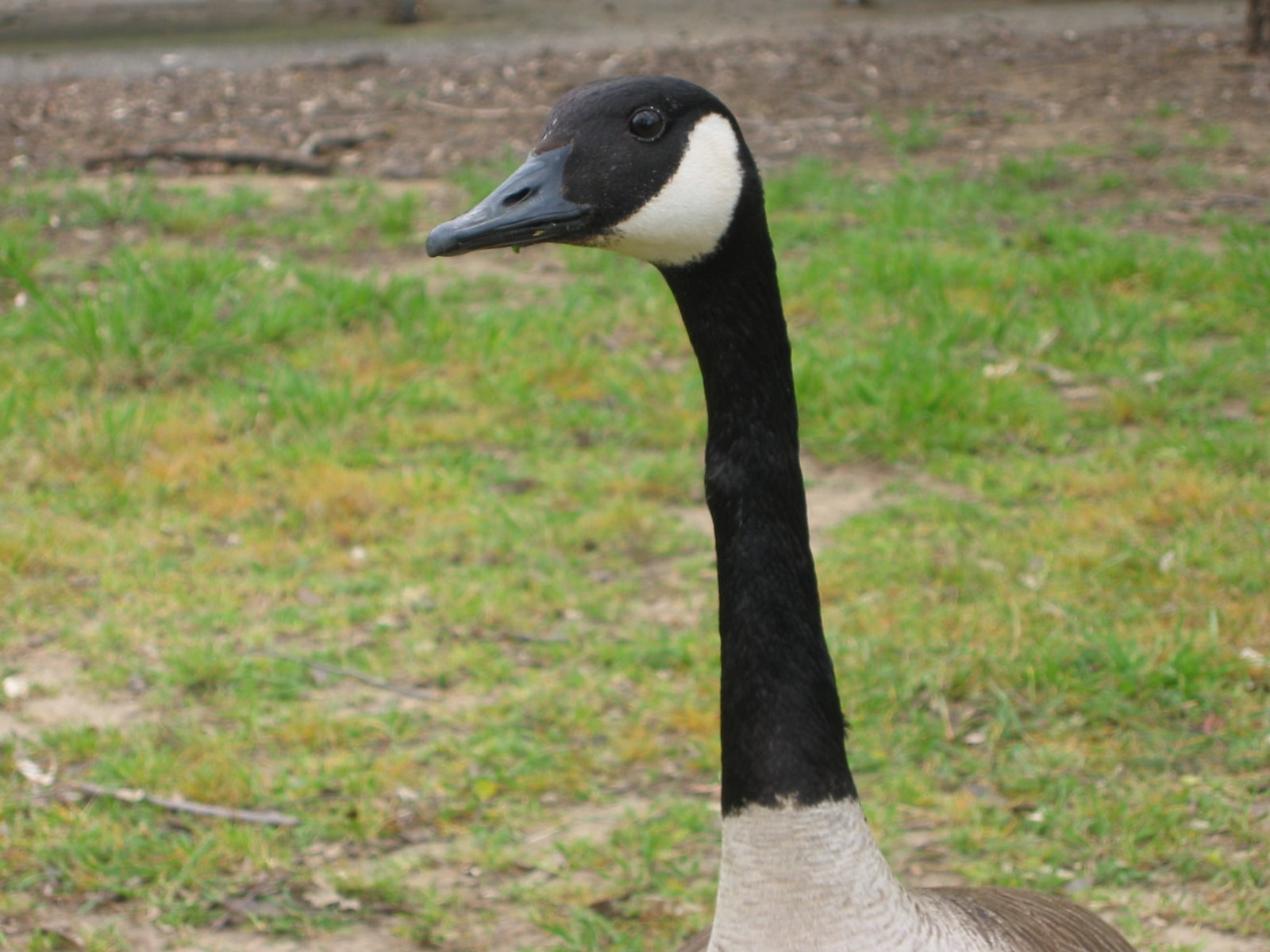

No comments:
Post a Comment